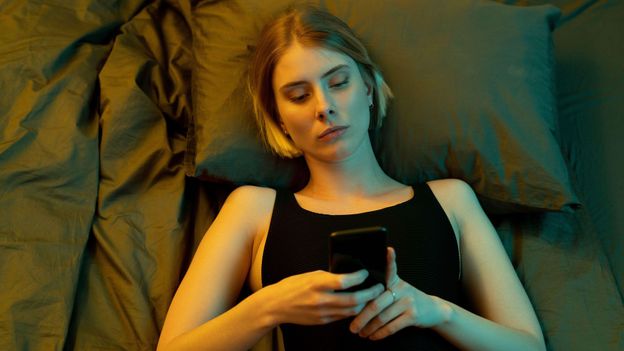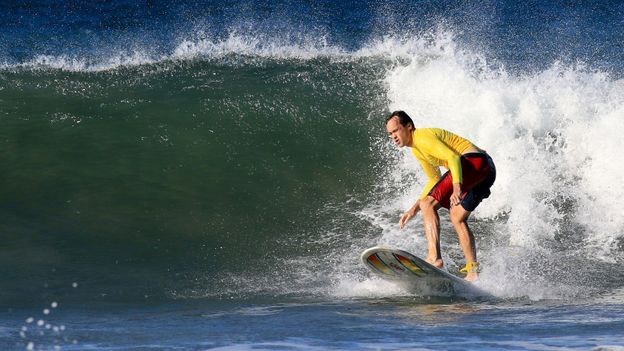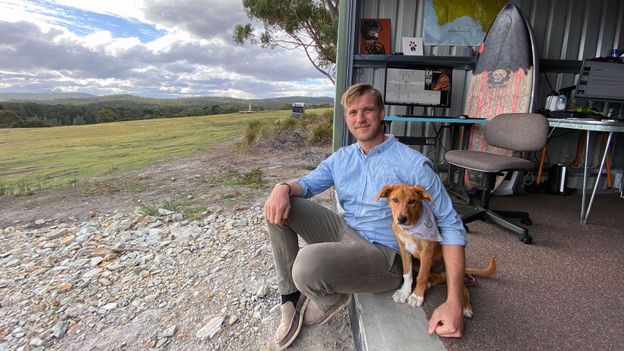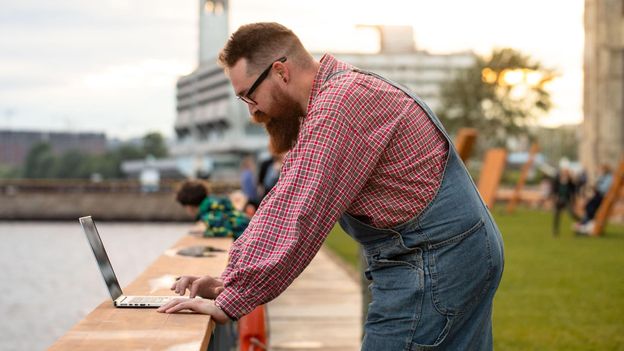Other people’s lives – whether a fly-on-the-wall TV medical documentary, a Facebook post about a friend’s Covid-19-stricken grandmother or the comments section of a news story announcing a record death toll – also provide a locus for collectively processing this unprecedented situation. Seeing others’ fears laid bare in a post, or validated by others liking or commenting on it, can have a calming effect, says Romanoff. She adds this is a process called “projective identification”. “Aspects of the self, like fear and dread, are split off and attributed to an external source, like a friend’s status update on Facebook or a catastrophic article with hundreds of shares,” she says.
‘Storied beings’
Of course, too much news, social media or even fence-peeking can all be a bit much; when our cognitive processes are overtaxed trying to integrate distressing information into our internal worlds, it “only compounds and intensifies the stress and anxiety folks are already experiencing”, says Romanoff.
But if you’re finding yourself scrolling through Instagram to see what friends are up to, watching programmes about frontline workers or reading articles on the pandemic’s mental health impact, these aren’t idle pursuits. Even if it’s unconscious, it’s a way of coping with the constraints of our times, processing our personal anxieties and making sense of our strange new world.
“We’re always looking to the Other because we’re storied beings – because we make sense of our lives in relation to others,” says Chappell.












